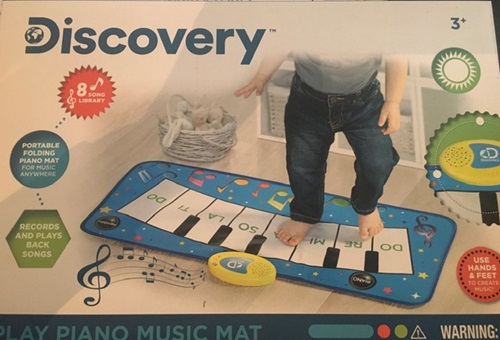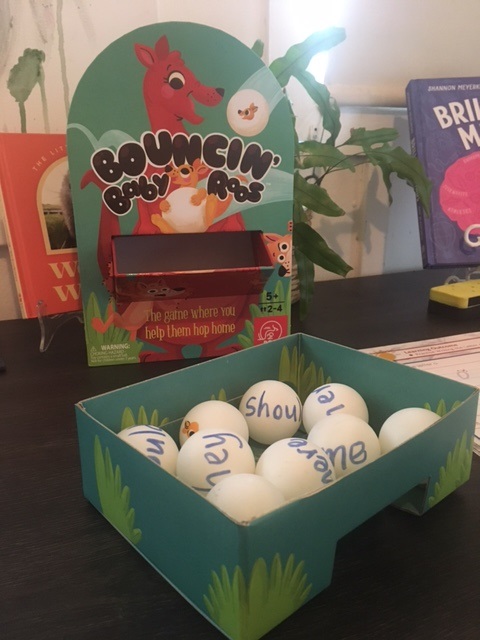
Motivating students to practise a sufficient number of times to ensure information is stored in long-term memory can often be challenging. Kerri-Laurae shares the following ideas for helping students remember high frequency words.
When students are first learning these words, it is useful to indicate the letter(s) representing sounds in the word and remember the starting point is always to have children sound out and blend. Even if they don’t currently have the phonic knowledge, you should be providing this information. For example, if the words is ‘they’, the child might know ‘th’ but not that ‘ey’ represents /ay/. So, you would provide this information so they can blend the two sounds together to read ‘they’. In ‘come’, you would need to tell most children that the ‘o’ is representing the /u/ sound and the ‘e’ is silent. With this knowledge they can now blend the 3 sounds to read ‘come’.
These activities can also be used to have children practise reading the graphemes they have been taught.

These snappers can often be found in discount/reject stores along with lots of other interesting toys that can be used as a motivating teaching tool.

Blue tack the words you want your students to practise onto the keys and let them make music!

Read the word on the ball and then throw it into the baby roo’s mouth.
Even if you can’t find this game, you can make your own version using table tennis balls and creating your own ‘gobbling’ creature from a cardboard box.

Write the vocabulary cards on green red, yellow blue or brown card and these become the ‘safe’ stepping stones – as long as the student reads the word correctly!!
Make your own by using a coloured spinner from another game.

Read the word correctly and then catch the ball or try to throw it into a bucket or hoop.
